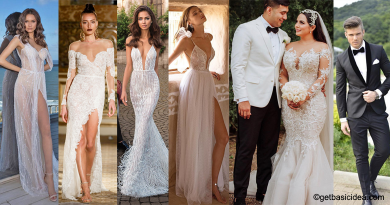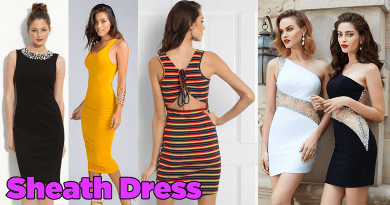All About Victorian Dresses | Victorian Era Dresses – The Vintage Fashion
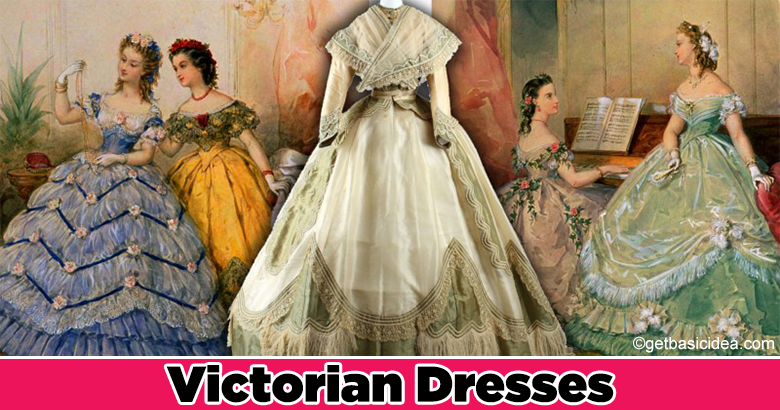
Victorian Dresses or rather the fashion was such clothing that was well known to be Prim, Proper, and Outrageous. Despite the Victorian period's prim and proper feminine ideal, their victoria dresses clothing was frequently overblown and extravagant. Today's fashion tendencies bear little resemblance to the tight corsets, massive hoop skirts, and outlandish bustles of the past. Clothing styles were regulated by propriety, and fashionable attire was a show of respectability.
The large amounts of fabric utilized in the construction of Victorian skirts usually meant that most ladies had few garments. Detachable collars and cuffs allowed a woman to change the style of a garment to add some variety to her wardrobe. Wealthier women, of course, possessed more clothing fashioned of finer fabrics and embellished with more material and ornaments that resembled through their Victorian Dresses.
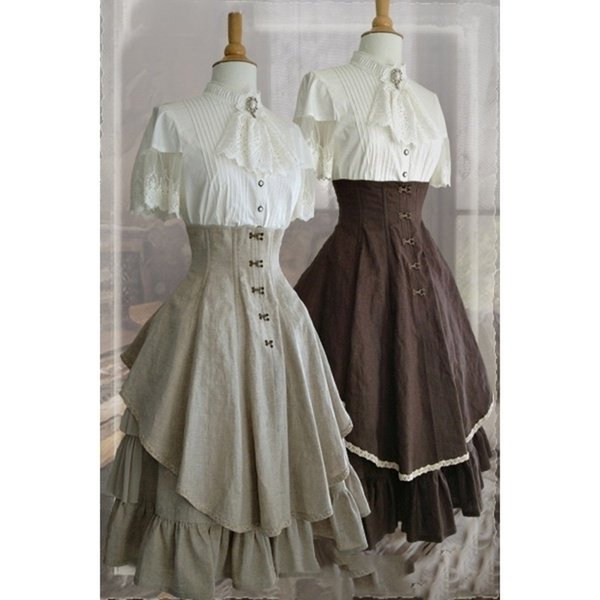
Fashion Dresses During the Victorian Era: An Overview
The Victorian era was called after Queen Victoria (1819–1901) of the United Kingdom, a long-lived and strong ruler in a time when women had little power or influence. In those days, women relied on the generosity of men—first their fathers or guardians, and eventually their husbands. A young girl was expected to be gentle and submissive to her father or husband's demands. Women's intelligence and wit were limited to social gatherings and lighthearted banter.
Characteristics of Victorian Dresses
Queen Victoria reigned for 64 years and had a long reign. Her fashion influence shifted throughout time so that the end of the era was radically different from the beginning.
- Early Victorian fashion, which began in 1836, marked a departure from the Romantic style of dress. Large Gignot sleeves were suddenly slimmed, and the shoulder of dresses was dropped by a seam line. A boned and tilted bodice was used to highlight the waist. Cartridge pleats delineated the waist, adding volume to the skirt without adding weight to the waist. The restricting dropping shoulder lines and corsets represented the expectation that women of a higher social class be meek and lethargic. Detachable white collars and cuffs could be added to soft-colored gowns.
- Women's dresses exhibited opulent shapes during the dawn of Victorian fashion: the bodice was fitted precisely, but the skirt was large and voluminous. Over time, the sleeves became slimmer. Confining boning was used to attain the narrow waist beloved during this period, a fashion trait that would torment women until the first century. This period lasted roughly from 1840 to 1860. Subtle alterations in Victorian fashion have occurred even now.
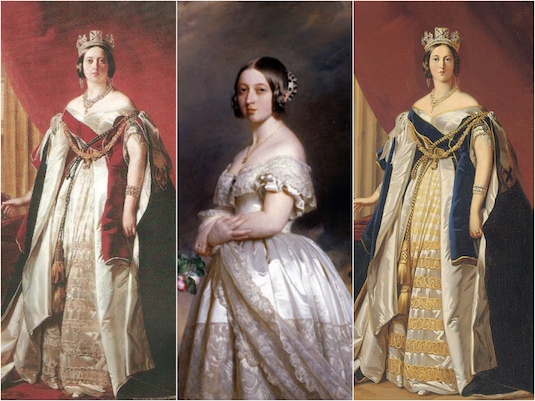
- A fashion trend inspired women's activities during the mid-1840s, which fitted the severely confined role of women at the time. The sleeve seams were decreased, preventing ladies from freely moving their arms. Women in the Victorian era were already limited by society's perception of them as helpless, pitiful animals, but now they were impeded much more by their attire! In addition, in contrast to the vibrant colors associated with the Regency era, Victorian fashion demanded more subdued hues that corresponded to the idea of a weak and vulnerable woman wearing them.
- Fashion evolved at this time in the Victorian era due to a couple of factors: the stitching machine had just been invented, and artificial dyes had opened up a broader choice of colors. Skirts lost some volume in the front but maintained it in the back.
- Princess and bustle skirts: As the 1860s continued, crinolines fell out of favor as the trendy skirt style featured a greater droop in the back with a straight front. In addition, underskirts had different colors than overskirts, and skirts had a lot of embellishments like ribbon and lace. By the first 1870s, skirt trains were still featured on day dresses as well as evening gowns. With its considerable volume in the back and a straight drape, the bustle skirt became highly fashionable.
- The substantial change in women's shapes was noticeable as the Victorian era wound to a close. Women wore sleeker, more elongated gowns that were all one piece, rather than the wide, hooped skirts that were popular 60 years before. To balance a wide-brimmed hat, which increasingly supplanted the more demure bonnet, they wore nipped-waist coats with large shoulders.
The Level of Victorian Dress Standards
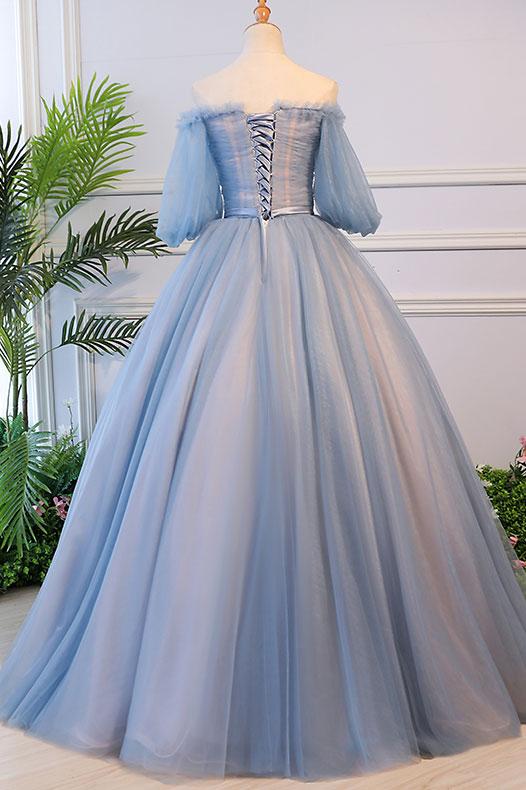
- Women wore detachable white collars that could be washed more frequently and readily than a whole outfit because modesty was valued. Detachable collars and undersleeves were embellished with delicate whitework, adding to a woman's sophistication and social standing. In the 1840s, skirts were embellished with more flounces, and women wore a short overskirt during the day. Skirts widened when the hourglass style became fashionable, and women began to add petticoats.
- The shoulder descended further and the bodices took on a V shape. Corsets lost their shoulder straps when evening clothing revealed the shoulders and throat. Ball gown sleeves were typically short. Women wore what we now call "dresses," although many of these costumes were made up of two pieces: a bodice and a skirt. Three-quarter length sleeves were fashionable through the majority of the Victorian period, and some sleeves began to develop bell-shaped frills.
- The flounced skirt: During the day, women began to layer their dresses with short overskirts or skirts with numerous flounced layers. The underneath silhouette was extended even further as a result, offering a nice contrast to the narrower top. Underskirt petticoats and crinolines accentuated the curved shape even further.
- Lace and shawls: Delicate lace and shawls worn over the shoulders were popular in Victorian clothing. Lace became a staple on many bodices since elegant ladies were supposed to do little but maintain the house, their children, and partake in needlework. This was notably true for upper-class women, who began to wear more décolleté-revealing dresses, while lower-class women resisted. To achieve the humble aspect that Victorian women were so interested in portraying, additions and shawls were required.
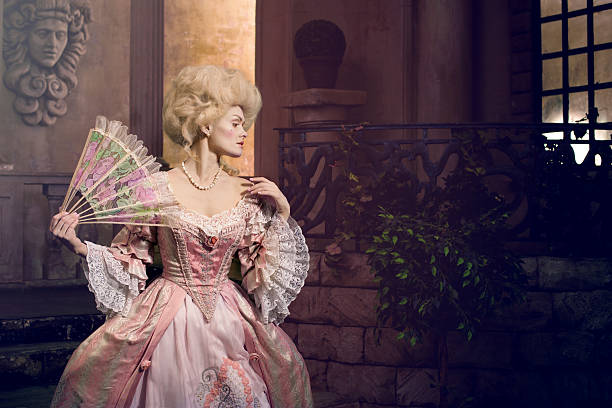
Ladies Wearing Mob Hats to Pair with Victorian Dresses
While mob caps are normally linked with a bygone era, some women, primarily maids or other servants, wore them throughout the late 1800s. The cap was a lesser size than it had been previously. A mob cap is composed of linen or cotton that has been cut into a circle and gathered around the edge to produce a ruffle. Because they were worn by women during the French Revolution, they are known as "mob" caps.
In 1911, hoops were worn under skirts. In 1911, women's skirts were small, resulting in a thin figure. Hoops and crinolines are worn to achieve an hourglass figure. The style has changed throughout the years, from the Wheel Farthingale to the New Look of the late 1940s and early 1950s. Edwardian dresses did not include hoops.
Different Victorian Dresses
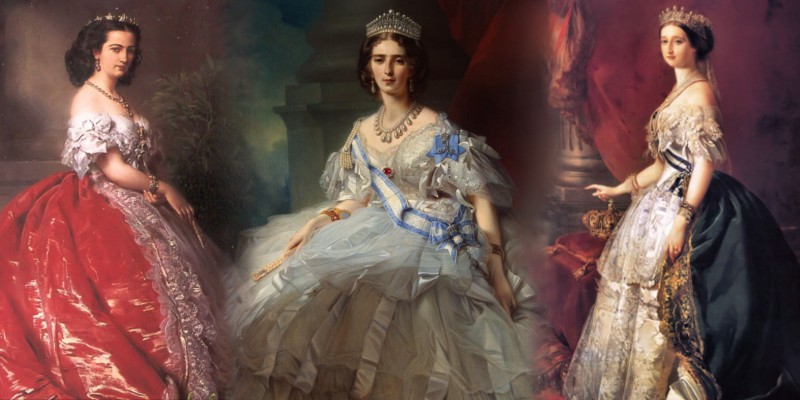
From 1885 through 1920, there were many different kinds of clothing. You mention how much women's fashion has changed throughout the years. If you're looking for styles from those eras, it's important to keep your searches separate. Look at the clothing worn in the Late Victorian Era for examples of late 19th century trends. The Edwardian Era spans the years 1901 to 1910, or the start of World War I.
Women wore Crinolines and a crinoline is a big, wide petticoat used to hold voluminous skirts in place. They were woven from horsehair, a coarse, robust material capable of puffing out huge skirts. Cage crinolines were hoops composed of baleen and later steel that were worn by women.
The Industrial Revolution
Investors, industrialists, and merchants gained new wealth as a result of the Industrial Revolution. Women, on the other hand, wore their social standing in fabric, and a lot of it—from mid-century hoop skirts to the bustle later in magnificent Victorian gowns and designs. Women's hair was usually left long and tucked into a chignon or bun. Ringlets of curls were draped on either side of the head in the 1840s. Women in the 1870s pulled up their side hair but let their back hair in long, loose curls. In the early 1870s, crimping became fashionable. Throughout the Victorian era, women wore elaborate and magnificent headpieces with false hair sections and extensions, as well as artificial flowers such as velvet pansies and roses, false foliage, and beaded butterflies.
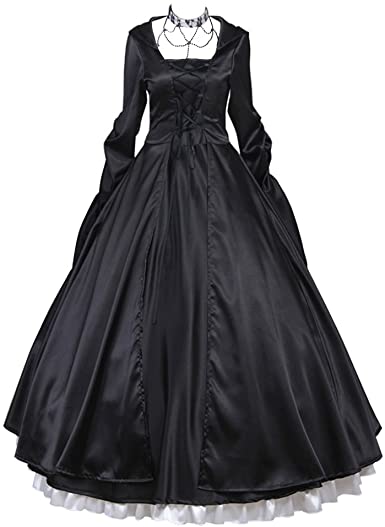
People in the theater wore a lot of make-up. Victorian women had very pale skin, which was sometimes enhanced with a smidgeon of rouge on the cheeks.
The Corsets in Victorian Dresses
A corset is a type of undergarment made of whalebone (really whale baleen) strips that was later replaced with steel. Despite being criticized as unhealthy and certainly painful, corsets were a fashion fixture throughout the nineteenth century, providing women with social position, respectability, and the idealized figure of youth. Women, the weaker sex, were supposed to benefit from corsets. Corsets were blamed by critics, including some doctors, for causing cancer, anemia, birth deformities, miscarriages, and damage to internal organs. The body's tight confinement reduced lung capacity and induced fainting.
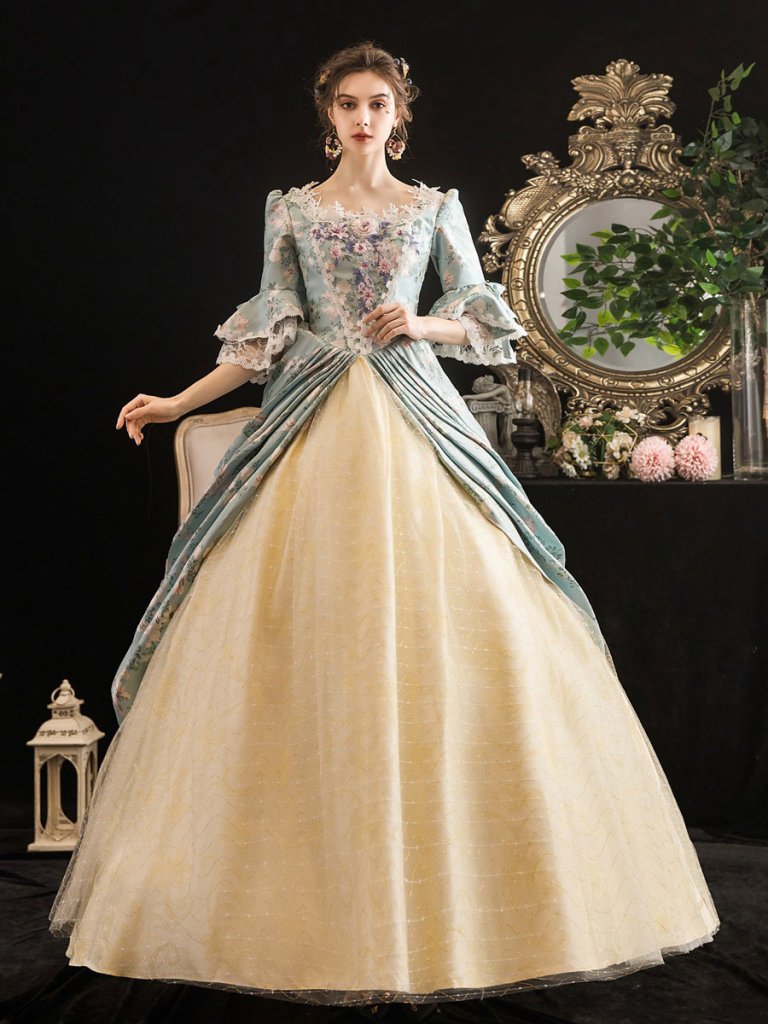
The Crinolines and Hoop Skirts in the Mid-Victorian Era
The dome-shaped skirt gave way to tapering skirts that flared at the waist in the 1850s. The new hourglass figure became exaggerated in size. Petticoat layers were no longer sufficient; therefore the crinoline was invented to add volume to skirts. Crinoline was a stiff, heavy fabric made of woven horsehair that was difficult to clean and costly.
The Hoop Skirts (Cage Crinolines)
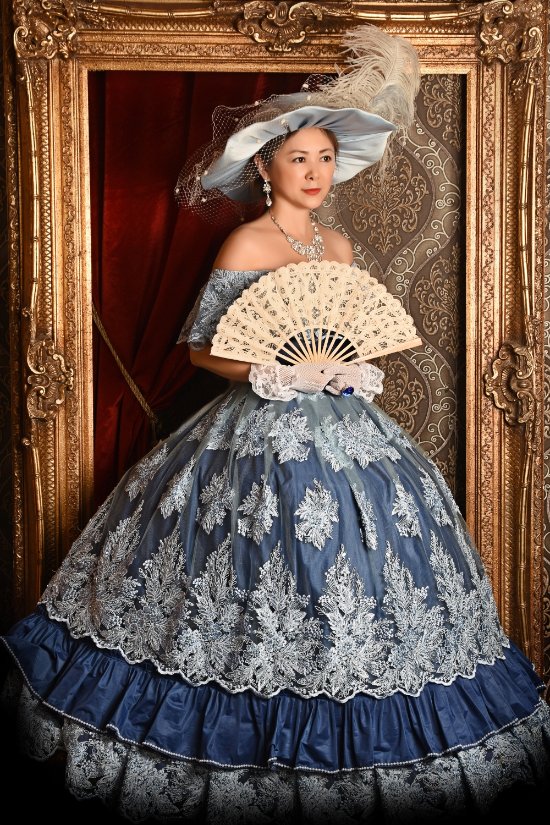
They replaced the multi-layered petticoats with a cage-like arrangement. Hoop skirts, sometimes known as cage crinolines or cages, were lighter, less expensive, and more comfortable than heavier crinolines. Cage crinolines were formed of flexible sprung steel rings hanging on fabric tape and produced the wide, voluminous skirts so commonly associated with mid-century Victorian fashion.
The style was so popular and affordable that it was worn by lower-middle-class women, servants, and factory girls. Hoop skirts with a dozen hoops were less expensive, while those with 20–40 hoops had a smoother line. Hoop skirts used to be floor-length, but hemlines began to rise as time went on. Sleeves were frequently tight at the top and opened in a bell-like form at the bottom.
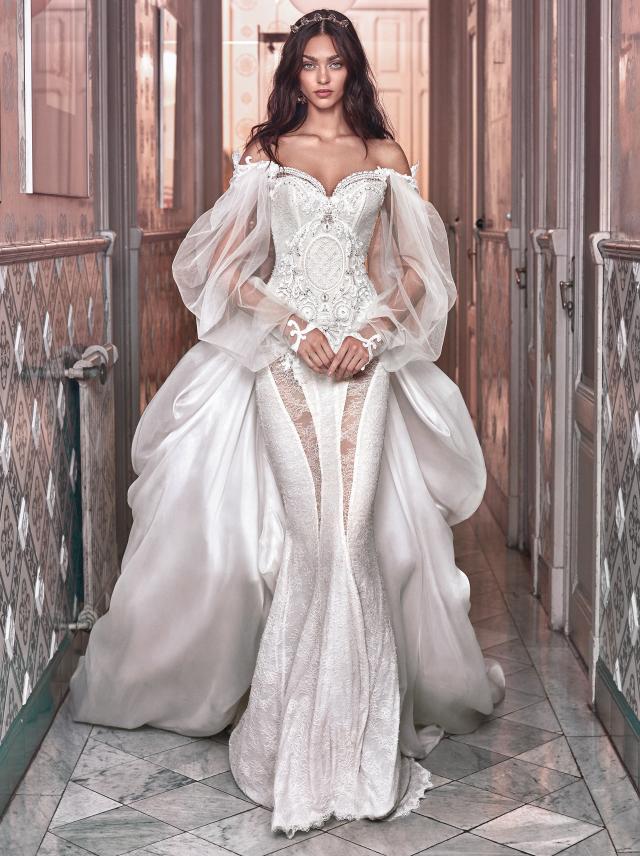
The Victorian Technology and the Sewing Machine
The extensive manufacture of sewing machines, as well as the introduction of synthetic colors, revolutionized fashion in the 1850s. Clothing was previously hand-sewn using natural dyes. Other innovations were the scaled paper pattern and equipment that could slice many pattern pieces at the same time. Clothing may now be made fast and inexpensively. The French Empress and Queen Victoria wore clothes designed by a Parisian garment designer in 1860. He introduced an over-skirt with buttons and tabs that lifted and held it back. By 1868, the over-skirt had been looped and dragged back, adding fullness and drapery to the back.
Reducing the Ornamentation
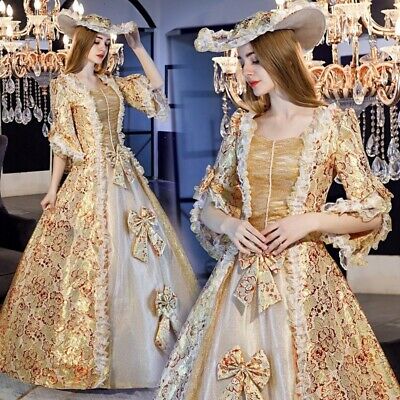
Meanwhile, other fashionistas believed that the excessive decoration had gone too far. The New Princess Line was a simple one-piece with linked panels that ran from shoulder to hem. The Gabriel Princess gown featured a thin form in plain or muted colors, a modest white collar, and a long, but drastically reduced skirt. The Bloomer Costume was named after feminist Amelia Bloomer and consisted of a broad, short skirt worn over broad trousers for freedom of movement. The look did not go over well with the public, and it was frequently mocked in the press.
Victorian Dresses – The Bustle
A bustle is a skirt pad that emphasizes the back. When swaged-up skirts accentuated the rear of a costume in the late 1700s, they became the main focus of fashion. Back pads were referred to as bustles by the late 1800s. The bustle was a rectangular or crescent-shaped horsehair or down-filled woven wire mesh pad held in place by a belted waistband.
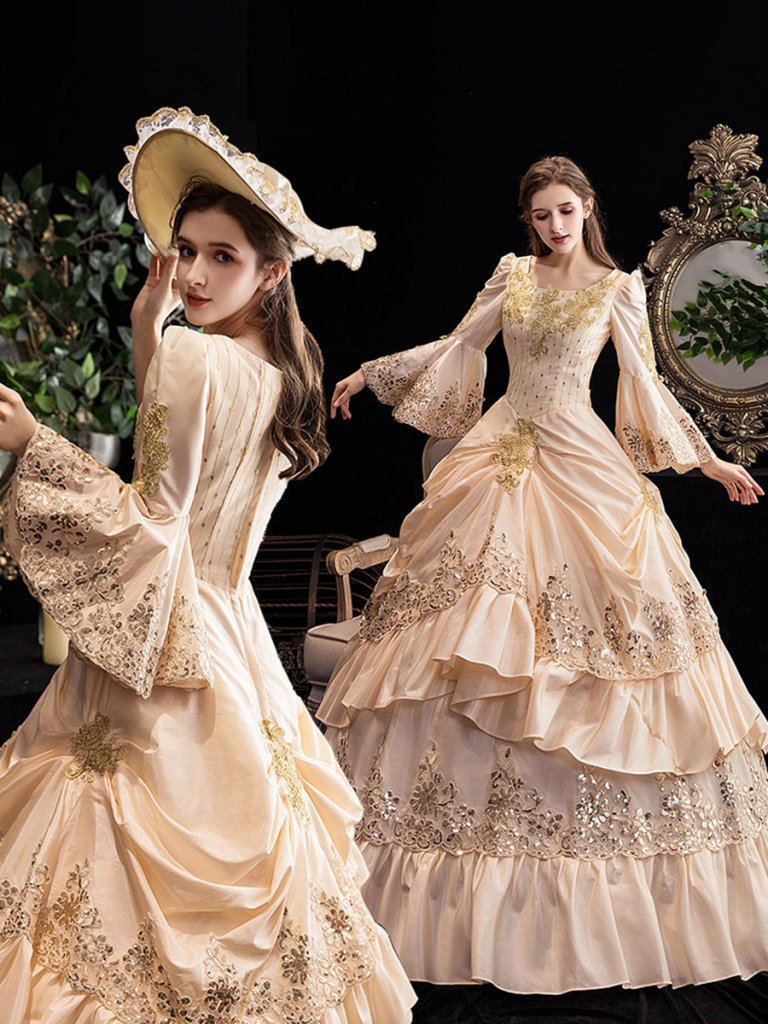
Victorian Dresses – The Tea Gowns
Between 1870 and 1910, the Tea Gown was a popular choice for women entertaining visitors at their homes for tea. The hostess sought to portray an artistic sense influenced by imagination, exotic styles, and previous times of history. The Tea Gown was a less formal gown that was worn without a corset and was constructed of soft, flowing fabric with trim.
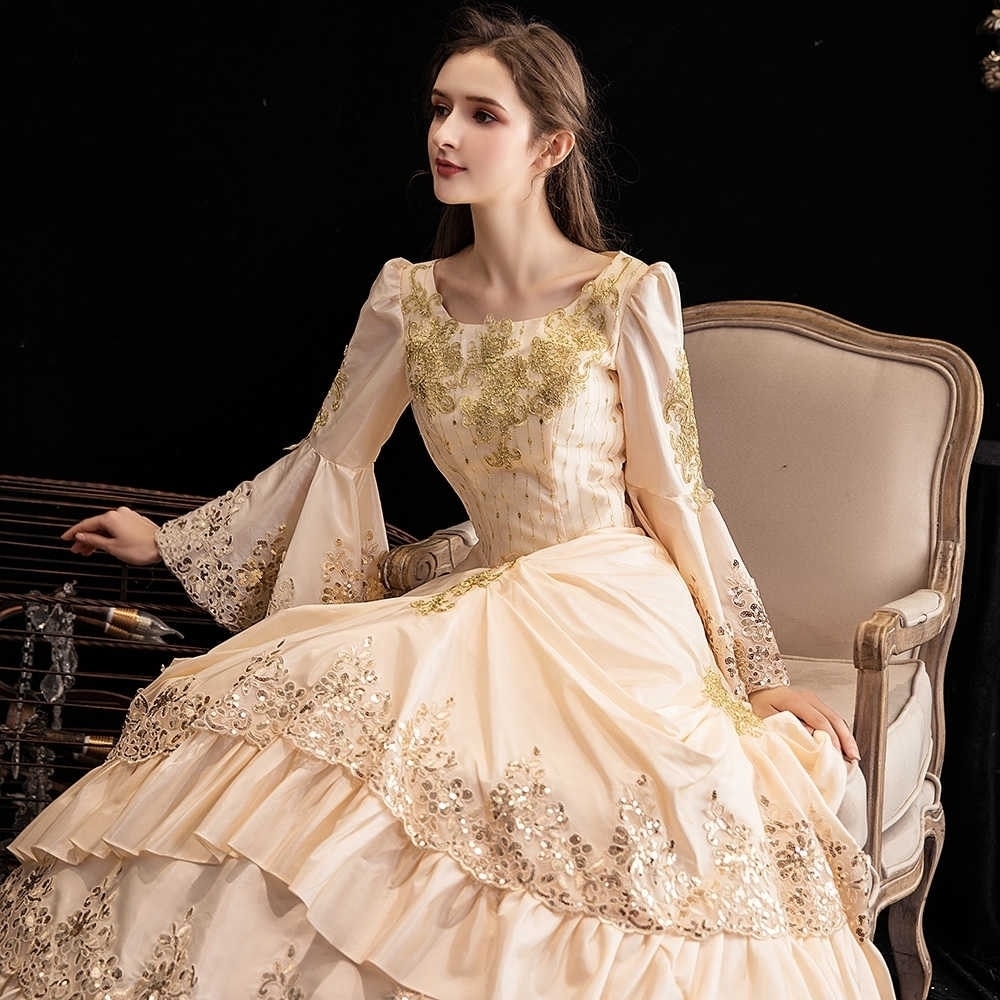
Victorian Dresses – The Mourning Dress
After Prince Albert died in 1861, Queen Victoria wore full mourning attire. All ladies wore mourning clothing after the death of a loved one. And, in a time when death is so common, sorrow may linger a long time.
A widow went through numerous stages of mourning clothing over the course of two and a half years. The first stage, which lasted a year, required women to wear all black clothing. Richer fabrics would later be embellished with embellishments. White, gray, and purple tones were reintroduced into a widow's attire during the last six months of mourning
Author of Get Basic Idea – Knowledge Base.


